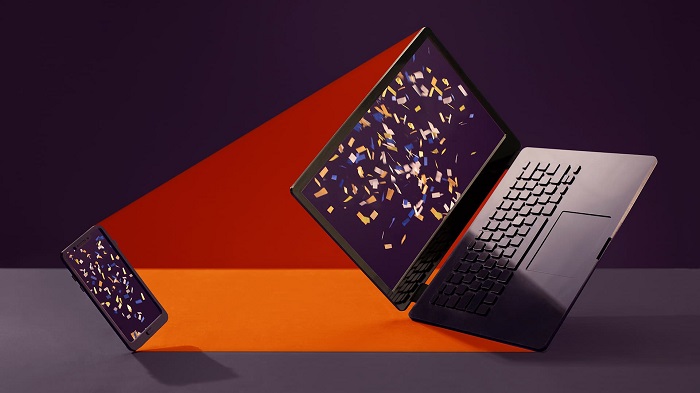Companies will have to manage and protect both employee-owned and company-owned devices when employees access corporate resources from outside the network perimeter. This is often the case as workers move from their on-premises workplaces into their homes.
Companies are exposed to malware, data breaches, and threat agents that exploit human weakness and untested devices and places.
If your organization does not have one, now is the right time to put in an MDM (Mobile Device Management) and a BYOD policy.
Mobile device management (MDM) is a term used to describe the administration of mobile devices such as smartphones, tablets, and laptops. MDM (Mobile Device Management) is a multifaceted platform for managing mobile devices. It makes it easy to manage mobile devices without compromising security or privacy. The experts of HRApp, an outstanding employee time tracking software company, suggest device management since they strongly believe that it also allows for remote employee monitoring and tracking of device use, process updates, and alterations. MDM can often be done using a third-party program that has management capabilities for mobile phones. MDM is growing in popularity as there are now 3.3 mobile devices per knowledge worker, up from 1.6.
Remote work is becoming the norm – crucial to monitor your employees’ devices
Companies such as Google and Microsoft, Amazon, Twitter, and Beyond Security have encouraged their employees to work remotely due to the Coronavirus (Covid-19) epidemic. Now is the best time to place a BYOD policy and an MDM (Mobile Device Management). These are just three suggestions to help you get started. Ponemon Institute research shows that data breaches can cost businesses an average of $3.86million. It is possible to determine which devices were involved in massive data breaches involving 50,000,000 records that could cost your business $350 million or billions if Equifax.
Are they from the user? Or were they supplied by the company? What happens next if a dissatisfied employee has access to your entire database? What happens if a stolen or lost device tries to access your data? Cloud computing and mobility are becoming more common, making it easier for cyber attackers to be as dynamic as their targets. Although it is becoming increasingly difficult to stay one step ahead, you can reduce the risk of cyber-attacks and offload workers quickly with some planning.

Don’t hesitate to reset passwords and delete data from business applications if something goes wrong. It is important to make sure that IT and HR are always on the same page. Remote access strategies and Bring Your Device (BYOD) can help protect your company and workers from mobile security threats. Your Bring Your Device policy should address all aspects of cloud, network, and endpoint security. You may find it beneficial to use a network visibility solution and control system that quarantines devices that don’t meet your mobile security requirements.
A Mobile Device Management solution is used to ensure that workers’ devices comply with your guidelines. Mobile Device Management (MDM) puts all mobile devices under the control of the business. This includes tablets, smartphones, and all other mobile devices. Mobile device management (MDM), which includes control and insight, is a key component. This means that users have to access the device’s data and how it will affect business data. A well-planned and planned MDM deployment could provide better results than simply implementing an existing MDM system.
Mobile and remote employment are becoming more common
You can start your security journey by identifying your risks, choosing an MDM solution, setting up a BYOD or remote access strategy, and identifying your vulnerabilities. According to the NSA, security is a key factor in mobile device decision-making.
There are many benefits to mobile device management within an organization.
Mobile device management (MDM) is a term that describes the management of mobile devices, such as smartphones, tablets and laptops. MDM solutions include security configuration management, security enforcement, integrity maintenance and encryption if a device is stolen or lost. They also allow for changes in application settings, monitoring the device’s usage, process updates, and alterations.
MDM solutions have become more popular in companies that want to improve their IT management and increase productivity. This is because there are now 3.3 mobile phones per knowledge worker, which is a substantial increase. Businesses need to assess whether an MDM solution is right for them carefully. Every solution has its advantages and disadvantages. Companies must understand these to make informed decisions.
This is a great time to create a policy on mobile devices. Employees are moving quickly from their workplace to their home and often from company-owned devices into BYOD. Know more.

